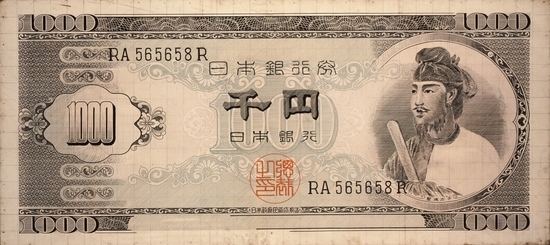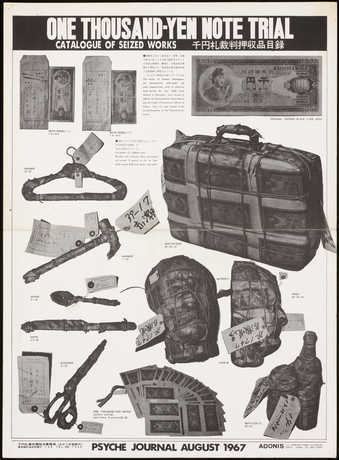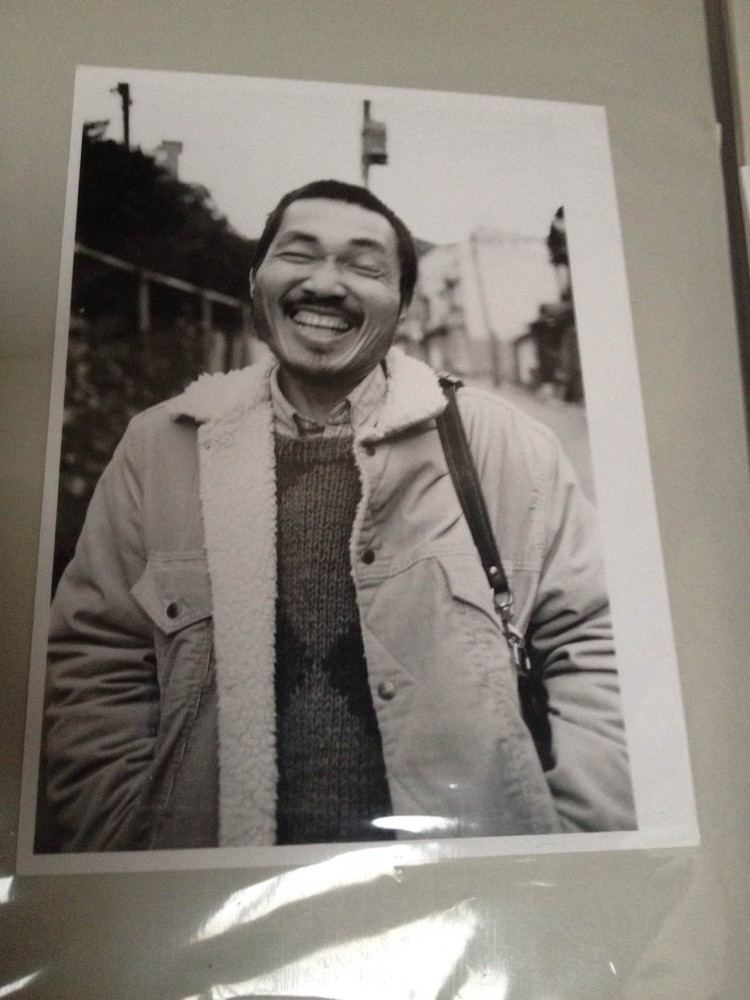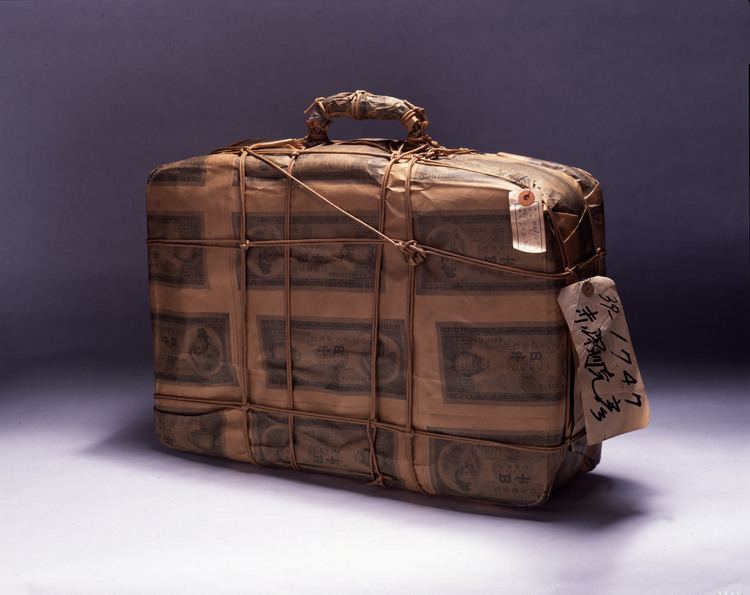Native name 赤瀬川 原平 Movies Rikyu, Go-hime Role Artist | Name Genpei Akasegawa Other names Katsuhiko Otsuji Books Hyperart: Thomasson | |
 | ||
Full Name Katsuhiko Akasegawa Born March 27, 1937 ( 1937-03-27 ) Yokohama, Kanagawa, Japan Occupation Conceptual artist, photographer, essayist, short story writer Siblings Shun Akasegawa, Haruko Akasegawa Nominations Japan Academy Prize for Screenplay of the Year Similar Jiro Takamatsu, Shigeo Anzai, Yūtokutaishi Akiyama Died October 26, 2014 (aged 77) Tokyo, Japan | ||
Genpei Akasegawa (赤瀬川 原平, Akasegawa Genpei) was a pseudonym of Japanese artist Katsuhiko Akasegawa (赤瀬川 克彦, Akasegawa Katsuhiko) (March 27, 1937 – October 26, 2014). He used another pen name, Katsuhiko Otsuji (尾辻 克彦, Otsuji Katsuhiko), for literary works.
Contents

Hyperart: Thomasson (book trailer)
Biography
Akasegawa was born in 1937 in Yokohama, and moved to Ashiya, Ōita and Nagoya in his childhood because of his father's job. Shusaku Arakawa was a high school classmate in Nagoya.
In 1960, Akasegawa became involved within the Neo-Dada Organizers, along with Ushio Shinohara, Shusaku Arakawa, and Masanobu Yoshimura. He formed the Hi-Red Center with Jiro Takamatsu and Natsuyuki Nakanishi in 1963, which was a group of artists that presented their works as a collective in Japan; they performed happenings within the Hi-Red Center. Akasegawa was also associated with the avant-garde.

In the 1970s he used the idea of Hyper-Art (chōgeijutsu), an ordinary but useless street object that happened to look like a conceptual artwork despite nobody having intended this. He called such things Hyperart Thomasson (named for Yomiuri Giants outfielder Gary Thomasson) and published photographs of them first within the magazine Shashin Jidai and later within books.

As "Katsuhiko Otsuji," he received the Akutagawa Prize in 1981 for his short story, "Chichi ga kieta". Akasegawa is known for many humorous essays, and his 1998 book Rōjinryoku was a bestseller.

Akasegawa was fond of old cameras, especially Leicas, and from 1992 to around 2009, he joined Yutaka Takanashi and Yūtokutaishi Akiyama in the photographers' group Raika Dōmei, which held numerous exhibitions.
"Thousand-yen bill incident"

In January 1963, Akasegawa sent out invitations to a solo exhibition at a gallery in Tokyo. The announcement was delivered to several close friends in a cash envelope sent through the postal service. The announcement itself was a 1,000-yen note reproduced in monochromatic colors on the front, with relevant information regarding the exhibit on the back. He produced four more during the next year.
In January 1964, his 1,000-yen note partial reproductions became noticed by the police and he was indicted for creating imitations of banknotes, in violation of the 1894 Law Controlling the Imitation of Currency and Securities. The language of the law was quite vague, prohibiting any manufacture or sale of objects with an exterior front that may “be confused for currency or securities”. In August 1966, he went on trial for what was dubbed the "Thousand-Yen Bill Incident". In June 1967, he was found guilty with a three-month suspended sentence. He appealed twice. The decision was upheld in 1970.
